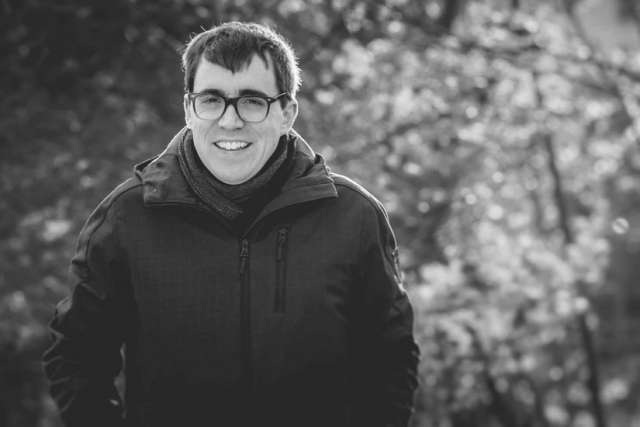My journey began in earnest in my early teens. Raised in a wonderfully stable, loving and generous family I had a radical conversion to Christ in high school. Over the years, I was active in a number of different faith communities until my journey took a sharp turn into a completely unpredicted direction.
As a summer intern at a vibrant campus ministry in Waterloo, Ont., I befriended a pastor who asked me a fateful question one afternoon: “What’s more important, the Bible or tradition?”
I answered confidently, “The Bible,” although I couldn’t tell him why. So, as all good pastors do, he pressed and left me with one unanswered question.
“But who put the Bible together?”
That question set me on a decade’s long search.
The answer, I knew in part, was that the tradition of the Church put together the Bible. Based on what books were in common circulation by early Christians the Church used its authority to decide which books were truly inspired by God.
But what was the Church? And by exactly what authority did it set the biblical canon? I began to dig deeper. I began to read about Catholicism from the perspective of Catholic authors themselves. My intention was to learn more about Catholicism for the sake of understanding what Catholics believed — and why they were wrong.
The Catholic Church was, after all, the answer to my question.
It was the Church that put the Bible together and I wanted to know how they got away with a particularly bold-faced assertion: That their authority extends to today!
What I found was shocking — that what I thought I knew about Catholics was almost entirely wrong. What I found was that the Church that claimed authority over the collection of the Bible, the Church that had a Pope and bishops and saints actually had solid ground to stand on.
What I found was that the claims of the Catholic Church made an awful lot of sense. I was beginning to become Catholic.
I was entering what famous Catholic converts like G.K. Chesterton lovingly refer to as No Man’s Land. The Catholic Church made sense, but was I ready to take a swim in the Tiber?
Then I began to live like a Catholic, to try it on for size. I began to plumb the depths of Catholic spirituality and instead of finding a dry well, like I’d imagined as an evangelical Protestant, I found a reservoir of poetry, piety and practice that was ocean-deep.
I began to pray the Liturgy of the Hours. I began to clumsily explore the Rosary. And, fatefully, I began to attend Mass.
What I’d learned about the Catholic Church through reading her authors began to play out in the landscape of my daily life.
The Catholic Mass — the universal sacrifice of Jesus, the giving of His true flesh and blood — was made tangible, before my eyes, and it was beautiful. The communion of the saints and the nearness of our departed Christian heroes became an incredible reality as I asked them to join their prayers with mine. The Successor of Peter and the Vicar of Christ in the person of Pope Francis made sense as I watched him minister to the poor, the homeless and the imprisoned.
What I thought I’d known about the Catholic Church was, in large measure, completely wrong. What I learned about the Catholic Church, instead, was more beautiful and bountiful than I ever, in my life, could’ve imagined.
This Easter I became a Catholic. I never could’ve imagined, or expected, my journey to wind up like this but I shouldn’t be surprised. God has a way of taking us where we don’t always expect to go — and doing amazing things with us when we get there.
Now, another journey begins, because for all its beauty the Catholic Church is not without its lumps and warts and can use, I know, even a sinner like me.
(Little, an elementary school teach in Waterloo, Ont., writes more about his Catholic conversion at thecordialcatholic.com.)


